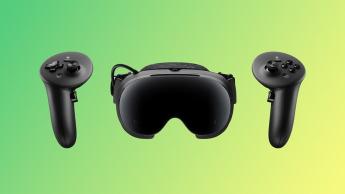Valve has officially unveiled the Steam Frame, its long-awaited standalone VR headset that operates on ARM. Distancing itself from previous models, the Steam Frame utilizes inside-out tracking, offering a lightweight design and enhanced features such as Foveated Streaming and accessibility to SteamOS outside traditional PC architectures. This headset supports a variety of games, making it a versatile option for gamers ranging from casual to hardcore. Notably, the Frame is designed for both VR and non-VR gaming experiences, facilitating seamless game streaming and local gaming capabilities.
What makes the Steam Frame distinct from previous Valve VR headsets?Unlike previous Valve headsets such as the Vive and Index, which required external tracking systems, the Steam Frame utilizes built-in inside-out tracking, making it more user-friendly and easier to set up. It also features cutting-edge technologies like Foveated Streaming, allowing for enhanced visual clarity without demanding high bandwidth connections.
Founded in 1996, Valve has a rich history in gaming technology, initially becoming well-known for its critically acclaimed titles like Half-Life and Portal. With the introduction of the Steam Frame, Valve aims to revolutionize VR gaming, building upon lessons learned from its earlier hardware endeavors. This headset is positioned to compete with popular models like the Meta Quest, offering a unique approach for both casual gamers and VR enthusiasts alike.









Comments
Finally, a VR headset that ditches the external sensor dance while still bringing that premium PC gaming energy to standalone play. Valve's really bridging the gap between high-end and pick-up-and-play VR in a way that feels genuinely fresh.